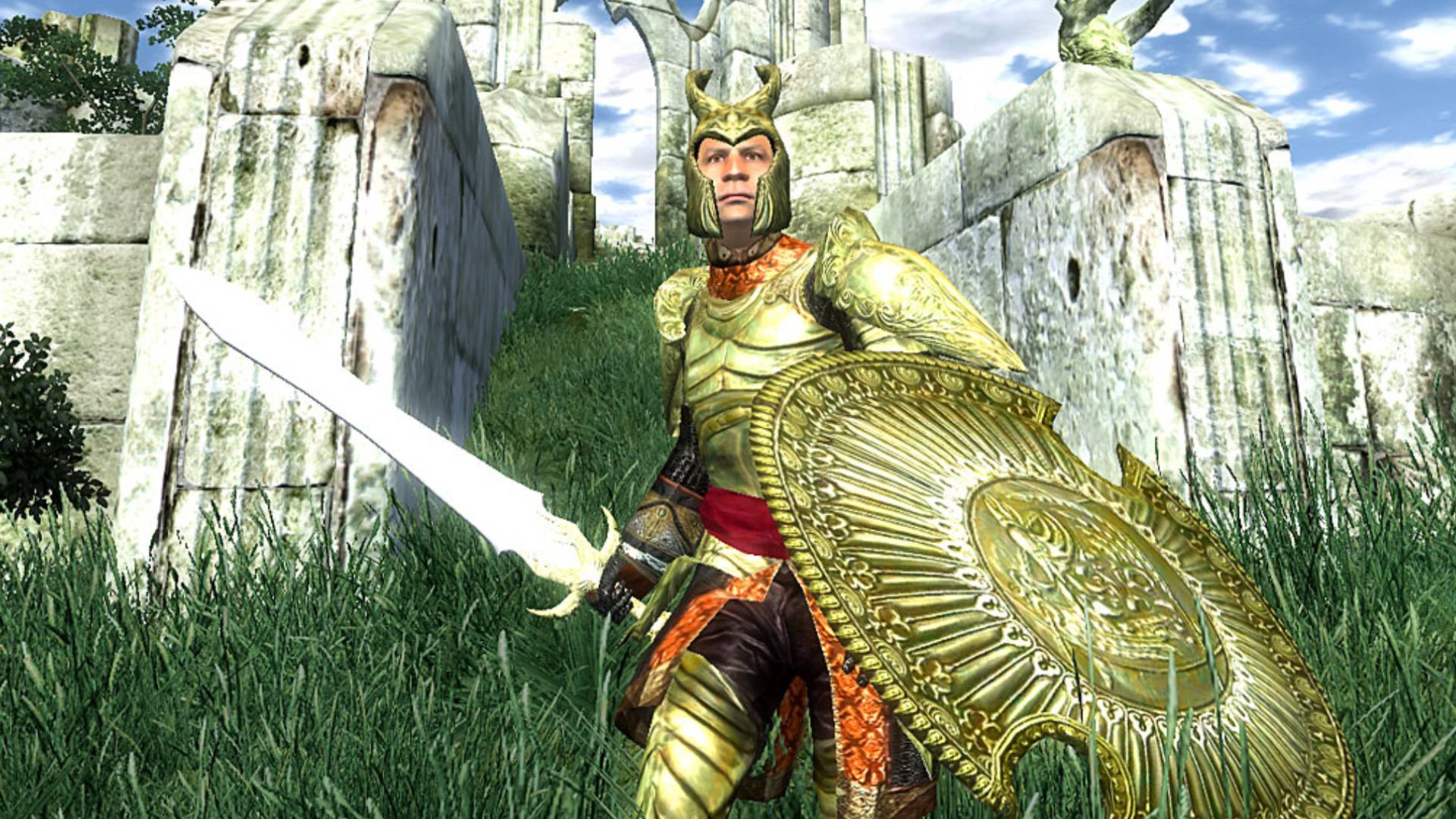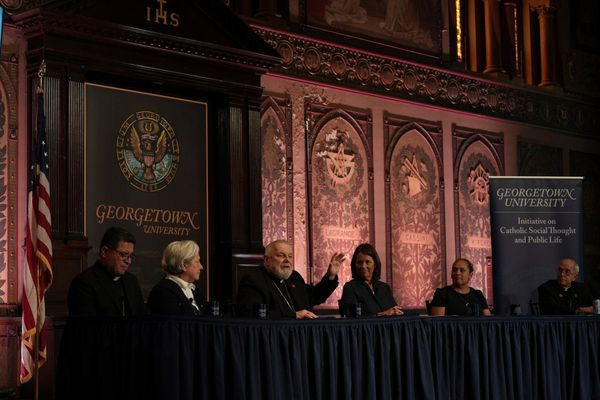
Even if you spent hundreds of hours in Oblivion back in 2006, you might not have been aware of one of its lesser-known features, which allows different goblin tribes to go to war over their totem staffs thanks to a system that was implemented on the back of one lone quest in the RPG.
There are seven main goblin tribes in the game, each with its own sacred totem staff. If one ends up with a tribe it shouldn't, well, someone's not going to be happy – the original owners will go searching for it, and can end up fighting with rival tribes in an attempt to get it back. Players see this in action in the Goblin Trouble quest, the side quest that prompted the creation of the entire system.
Speaking to Eurogamer, Kurt Kuhlmann, the Oblivion quest designer responsible for the goblin wars, explains: "Since I was having to set up a scripted system to get the goblins from one dungeon to periodically attack goblins in another, I figured it wouldn't be a lot more work to make this systemic, so that it would work with any goblin tribe if the player stole their totem."
As you'd expect, implementing the system wasn't without its difficulties, with one of the main issues centering around "getting the goblins inside the dungeon to be able to come out," since those sorts of areas don't usually load if the players aren't close by. These days, Kuhlmann is unsure how he actually overcame this, noting: "I don't remember how I solved that but apparently I did! Probably with some questionable designer hackery."

Perhaps it was because of things like this that, in hindsight, Kuhlmann is "not sure if the part about 'not a lot more work' was actually true, but it certainly allowed for fun emergent gameplay." Clearly, he's got a lot of passion for this kind of thing, as he adds that he "took my opportunities to introduce whatever elements of 'controlled chaos' whenever I could" in more recent Bethesda games, too.
In the OG Oblivion, "there wasn't much else" quite like the goblin wars, and while the quest designer "would have loved to do more of that kind of thing," the team "didn't have any extra time – in fact the opposite," not to mention that "the tools for doing that kind of thing in Oblivion were very primitive."
The whole thing feels very reminiscent of something recently mentioned by former Bethesda developer Nate Purkeypile, who told PC Gamer in an interview that "a lot of the great stuff within Skyrim" came from the developers having "quite a bit of freedom to do stuff," even if it "was not on schedule at all." It's this freedom that led to the addition of Blackreach and the werewolves in the 2011 RPG – the former coming into existence after "we just kind of did that on the side and put it in."
If you're just getting started in The Elder Scrolls 4: Oblivion Remastered, be sure to check out our Oblivion Remastered skills guide.







